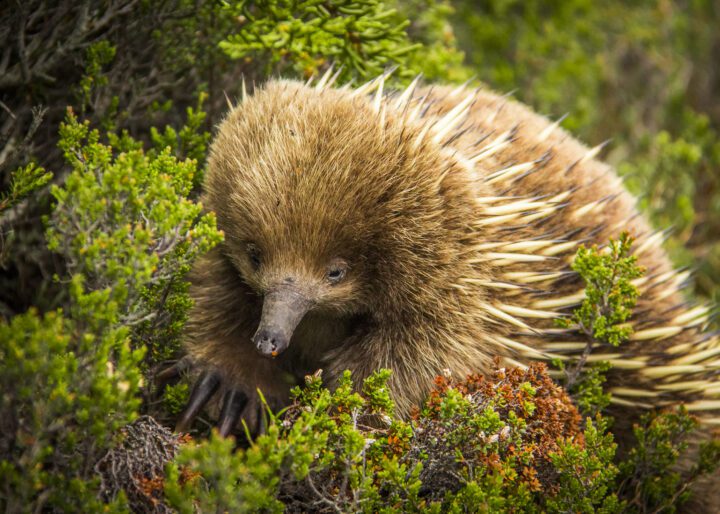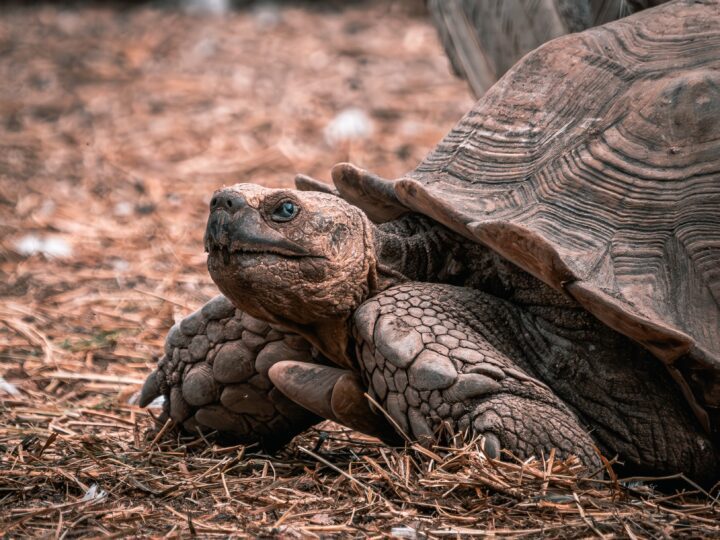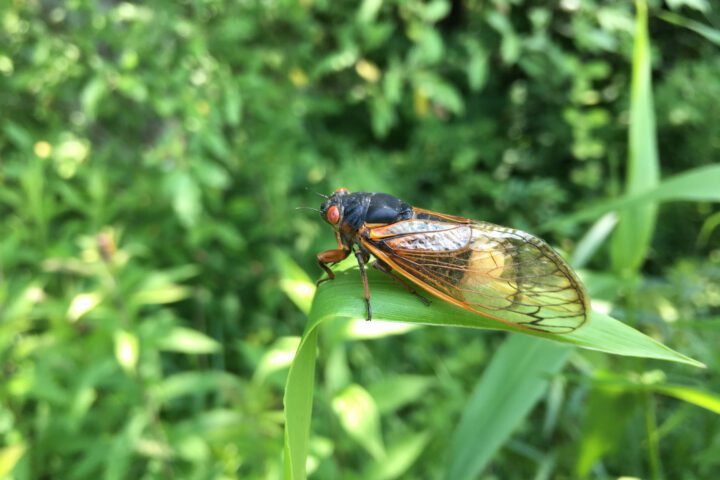Pollinate
One of the ways that plants can produce offspring is by making seeds that contain the genetic information to produce a new plant. Seeds can only be produced when pollen grains reach the hidden ovaries within a flower. Flowers have developed wildly diverse forms and activities, such as the production of sweet nectar to attract organisms such as bees and butterflies, that move from flower to flower, transferring pollen. Flowers will also adapt to make use of environmental influences such as wind and water as pollinators.
Cooperate Within an Ecosystem
An ecosystem is a community of organisms (plants, animals, and microbes) interacting with one another and the nonliving components of their environment (such as air, water, and mineral soil). This interaction can be passive or active, and can cooperatively enhance the functioning of the ecosystem as a whole. For cooperation to contribute to maintaining communities within an ecosystem, it must be beneficial to at least some members of the community. Cooperation consists of symbiotic relationships, such as mutualism (in which two or more species in an ecosystem benefit) and commensalism (in which one species benefits and the effect on others is neutral). An example of a commensal relationship is that between bromeliad plants and trees: bromeliads live on trees without harming them. Bromeliads have mutualistic relationships with other species, including insects, frogs, and worms. The plants capture water in their base, forming a pond that these organisms join. The nutrients that these organisms excrete in their droppings nourish the bromeliad.
Regulate Reproduction or Growth
Reproduction and growth are two physiological processes that occur in all living systems. There are situations when conditions are right for both, and other situations when continuing either harms the living system because both have a very high energy cost. Reproduction and growth are unique in that both can stop until conditions improve, although stopping either for an extended time can cause problems. An example of regulating reproduction is a process called delayed implantation or embryonic diapause found in some mammals, such as otters. An otter’s embryos sometimes temporarily cease developing and won’t develop further until the female senses that conditions are suitable.





